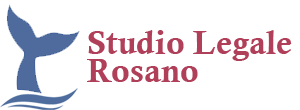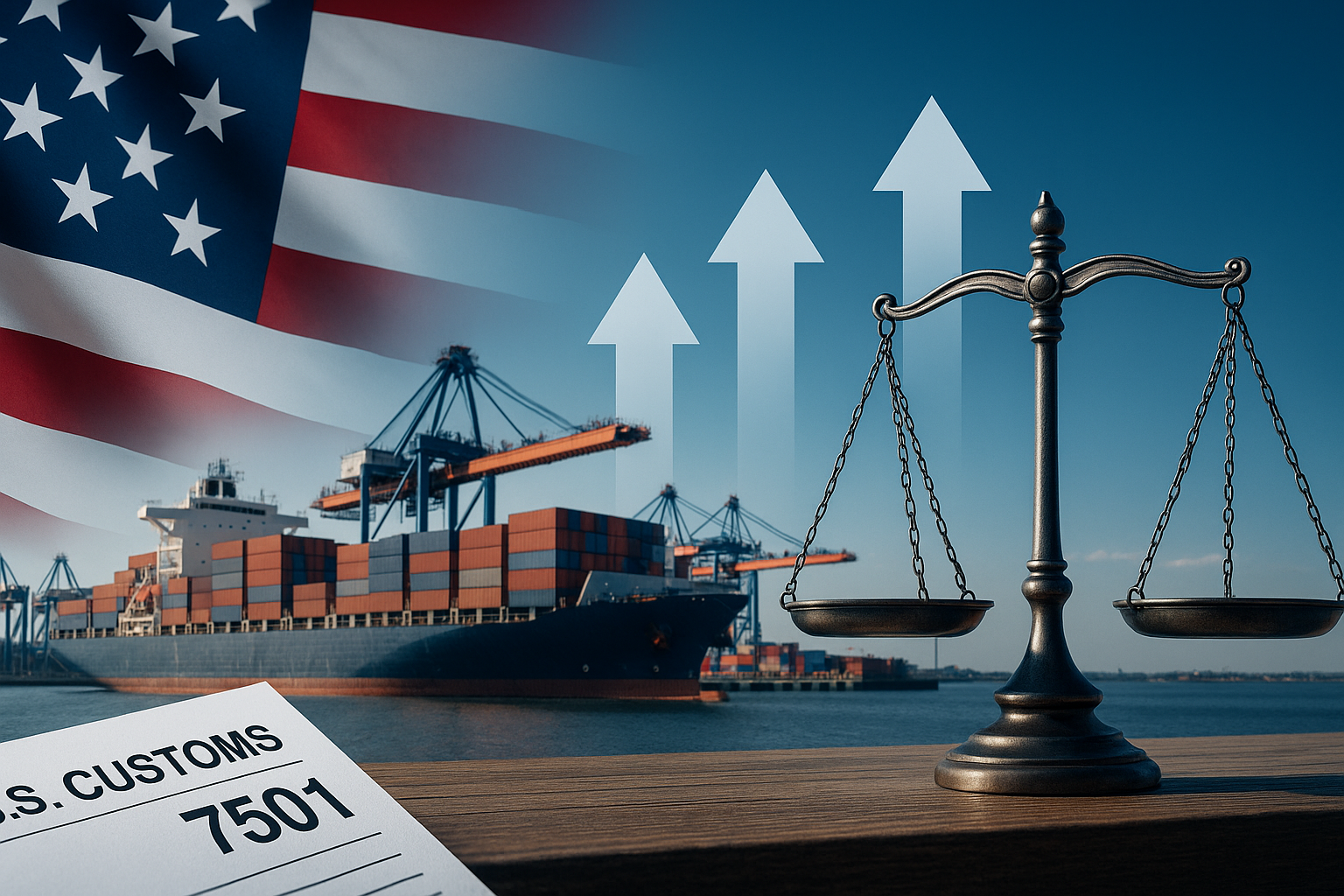USA: New Tariffs and Duties 2025 – Strategic Impacts and Operational Advice for Italian Companies
In recent months, the trade landscape between the United States and global partners has undergone major developments on the tariff front, directly affecting Italian companies—particularly those operating in the wood, furniture, heavy transport, components, and automotive sectors.
U.S. authorities have enacted or confirmed a series of key tariff measures, accompanied by revisions to trade agreements and sectoral policies. This new framework requires Italian companies to rethink pricing, contractual, origin, and supply chain strategies to maintain competitiveness and commercial compliance.
Section 232: New tariffs on wood, upholstered furniture, kitchens, and vanities
The starting point is the Presidential Proclamation of September 29, 2025, which, under Section 232 of the Trade Expansion Act of 1962, introduces targeted tariffs on wood and furniture products that are particularly relevant to Made in Italy. Beginning October 14, 2025, at 12:01 ET:
- a 10% ad valorem duty applies to softwood timber and lumber products,
- a 25% duty on wooden upholstered furniture, rising to 30% from January 1, 2026,
- a 25% duty on kitchen cabinets and vanities, increasing to 50% as of January 1, 2026.
These measures are not uniform: ceiling tariffs are set for selected partners such as the EU and Japan (15% cumulative, in addition to standard rates) and 10% for the United Kingdom. Particular conditions apply to Free Trade Zones (FTZ), with possible future extensions via Federal Register notices.
The immediate impact for Italian businesses is a rise in import costs, demanding a careful review of pricing and shipping volumes. A “front-loading” strategy is advisable—anticipating shipments before the tariff increases on January 1, 2026—and a precise re-evaluation of U.S. customs classifications (HTSUS), including the new Chapter 99 entries (e.g., 9903.76.xx), which are being updated for compliance verification.
25% Tariff on Medium and Heavy Trucks: Operational Developments
Another significant measure takes effect November 1, 2025—a 25% duty on medium and heavy trucks, issued under Section 232 for the protection of national security and the U.S. automotive industry. Although the implementing text is pending official publication, the President’s announcement has already been acknowledged by official and primary press sources.
This applies to imported vehicles and components not originating from USMCA-partner countries, where partial duty relief may apply upon detailed verification of Regional Value Content (RVC) and substantial origin. Italian companies should therefore carefully monitor their supply chains, collaborate with North American suppliers, and adjust contracts and logistics to mitigate operational risks.
U.S.–EU: Revision of Automotive Tariffs
In transatlantic trade, an important reduction of U.S. tariffs on EU-origin cars and parts has been recorded—from 25% to 15%, retroactive to August 1, 2025. Confirmed by the U.S. Department of Commerce (DOC) and the USTR, this aims to restore balance in the automotive sector, a key industry for Europe. The reduction facilitates exports, offers relief to manufacturers and OEMs, and opens new development opportunities for Italian industrial supply chains.
Section 301: A Tight Framework on Imports from China
Ongoing review of tariffs under Section 301 confirms a strict regime for imports from China, with high rates on strategic categories: electric vehicles (100%), solar panels and polysilicon (50%), semiconductors, and critical minerals. However, the USTR has extended certain exemptions until November 29, 2025, adjusted maritime fees, and imposed new duties on port infrastructure such as ship-to-shore cranes.
For Italian enterprises integrating Chinese-origin components or products into their supply chains, these measures imply higher import costs and strategic risk, with possible downstream cost reallocations and strict origin tracking requirements to avoid penalties.
Framework of “Reciprocal Tariffs”
In 2025, the White House established a broader regulatory framework through a series of Executive Orders allowing modulation of duties in response to trade retaliation and tariff asymmetries. The rules include detailed procedures and product lists subject to modification, providing the U.S. government with flexibility and mechanisms to negotiate bilateral tariff agreements, such as the recent EU revision.
Impacts and Risks for Italian Companies: Contractual and Operational Management Advice
The new tariff policies pose real cost-transfer risks for Italian exporters, particularly in exposed product categories. Companies must update customs classifications, pricing models, and shipping schedules to optimize costs and stay competitive in the U.S. market.
Recommended actions include:
- Reassessing international contract structures with Tariff Adjustment Clauses linked to HTS codes and implementation dates;
- Redefining Incoterms, reviewing duty risk allocation between exporter and importer;
- Inserting hardship or force majeure clauses addressing tariff shocks and legislative changes;
- Mapping EU and U.S. HTS classifications for each product line;
- Carefully verifying RVC calculations under USMCA and applicable preferential regimes;
- Planning pricing what-if scenarios and customs true-up mechanisms to manage uncertainty;
- Diversifying supply chains toward suppliers not subject to Sections 232 or 301 duties;
- Strengthening customs compliance by updating broker authorizations and maintaining accurate audit trails.
📦 Dazi USA — Mini-tabelle per settore (agg. 13/10/2025)
ARREDO & LEGNO (Sez. 232)
| Misura | Aliquota | Decorrenza | Base legale | Note |
|---|---|---|---|---|
| Softwood timber & lumber | 10% | 14 ott 2025 (12:01 ET) | Sec. 232 (Proclamazione; HTSUS Cap. 99) | Cap tariff UE/JP max 15%; UK max 10%; FTZ “privileged foreign”. |
| Mobili imbottiti in legno | 25% → 30% dal 01 gen 2026 | 14 ott 2025 | Sec. 232 (Proclamazione; HTSUS Cap. 99) | Stessi cap UE/JP/UK; seguono avvisi su FR per sottovoci. |
| Kitchen cabinets & vanities (anche parti) | 25% → 50% dal 01 gen 2026 | 14 ott 2025 | Sec. 232 (Proclamazione; HTSUS Cap. 99) | Componenti inclusi; cap tariff UE/JP/UK. |
[]
AUTOMOTIVE
| Misura | Aliquota | Decorrenza | Base legale | Note |
|---|---|---|---|---|
| Camion medi e pesanti (import) | 25% (annunciato) | 01 nov 2025 | Sec. 232 (annuncio pres.; attesa FR/HTSUS) | Verificare USMCA/ROO per mitigazioni; monitor FR. |
| Auto & parti UE → USA | 15% (da 25%) | retroattivo 01 ago 2025 | Implementazione DOC/USTR USA–UE | Sollievo per OEM/Tier europei; verificare codici interessati. |
[]
ENERGIA · TECH · SUPPLY CHAIN (Sez. 301 – Cina)
| Misura | Aliquota | Decorrenza | Base legale | Note |
|---|---|---|---|---|
| EV di origine Cina | 100% | in vigore (2024→) | Sec. 301 (4-year review USTR) | Settore strategico; controllo componentistica in BOM. |
| Polysilicon / Solar wafers | 50% | 01 gen 2025 | Sec. 301 (modifiche FR) | Impatto su fotovoltaico e semiconduttori. |
| Tungsten (voci selezionate) | 25% | 2025 | Sec. 301 (mod. FR) | Verificare sottovoci HTSUS aggiornate. |
| Esenzioni (exclusions) attive | — | fino al 29 nov 2025 | USTR — exclusions | Utili per supply chain miste (178 prodotti circa). |
[]
Nota: le aliquote 232/301 si sommano alla MFN (Column 1) e ad eventuali AD/CVD. Verificare sempre la sottovoce HTSUS e gli avvisi su Federal Register prima dello sdoganamento.
Rosano Law Firm’s Operational Approach
Rosano Law Firm offers itself as a trusted partner for Italian businesses seeking to address these challenges and turn them into effective governance opportunities. The firm’s assistance includes:
- Contract consulting for renegotiation and adaptation of tariff and Incoterm clauses;
- Specialized customs support for accurate classification and preferential origin verification, in coordination with customs brokers and CBP authorities;
- Advocacy and litigation before USTR, CIT, and WTO to protect corporate interests;
- Strategic U.S. market planning with analysis of pricing, logistics, and supply chain redesign.
The U.S. tariff environment is continuously evolving. Ongoing monitoring and integrated strategies are essential for ensuring stability and sustainable growth in this critical market.
10/10/2025


 Studio Legale Rosano
Studio Legale Rosano